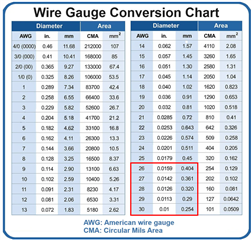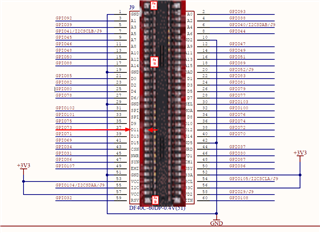Tool/software:
Hello,
I am working on the F28379D and trying to route the XCLKOUT signal to an accessible GPIO pin using the XBAR fabric.
Since GPIO73 is configured for XCLKOUT, but not physically probe-able on my board, I tried the following routing:
XCLKOUT (via GPIO73) → InputXBAR1 → OutputXBAR1 → GPIO24
Below is the code I used (simplified):
#include "F2837xD_sysctrl.h"
#include "F2837xD_gpio.h"
#include "F2837xD_xbar.h"
void led(void);
void main(void) {
// Configure XCLKOUT source and divider
EALLOW; //
ClkCfgRegs.CLKSRCCTL1.bit.XTALOFF = 0; // Enable XTAL
ClkCfgRegs.CLKSRCCTL3.bit.XCLKOUTSEL = 2; // CPU2.sysclk as source
ClkCfgRegs.XCLKOUTDIVSEL.bit.XCLKOUTDIV = 1; // Divide by 2
GpioCtrlRegs.GPAGMUX1.bit.GPIO1 = 0;
GpioCtrlRegs.GPAMUX1.bit.GPIO1 = 0;
GpioCtrlRegs.GPADIR.bit.GPIO1 = 1;
GpioDataRegs.GPACLEAR.bit.GPIO1 = 0;
GpioCtrlRegs.GPAGMUX2.bit.GPIO16 = 0;
GpioCtrlRegs.GPAMUX2.bit.GPIO16 = 0;
GpioCtrlRegs.GPADIR.bit.GPIO16 = 0;
GpioCtrlRegs.GPAPUD.bit.GPIO16 = 1;
GpioCtrlRegs.GPCGMUX1.bit.GPIO73 = 1;
GpioCtrlRegs.GPCMUX1.bit.GPIO73 = 3;
GpioCtrlRegs.GPCDIR.bit.GPIO73 = 1;
// Configure Input XBAR to route GPIO73 (XCLKOUT)
InputXbarRegs.INPUTSELECTLOCK.bit.INPUT1SELECT = 0; // Unlock Input Select
InputXbarRegs.INPUT1SELECT = 73; // Route GPIO73 (49 in hexa) to InputXBAR1
InputXbarRegs.INPUTSELECTLOCK.bit.INPUT1SELECT = 1;
// Configure Output XBAR to route InputXBAR1 to GPIO24
OutputXbarRegs.OUTPUTLOCK.bit.LOCK = 0; // Unlock Output Select
OutputXbarRegs.OUTPUT1MUX0TO15CFG.bit.MUX1 = 1; // Route InputXBAR1 to MUX1 of Output1
OutputXbarRegs.OUTPUT1MUXENABLE.bit.MUX1 = 1;
OutputXbarRegs.OUTPUTLATCHENABLE.bit.OUTPUT1 = 0;
OutputXbarRegs.OUTPUTINV.bit.OUTPUT1 = 0;
// Configure GPIO24 for OutputXBAR function
GpioCtrlRegs.GPAGMUX2.bit.GPIO24 = 1;
GpioCtrlRegs.GPAMUX2.bit.GPIO24 = 1; //select as OUTPUTXBAR1
GpioCtrlRegs.GPADIR.bit.GPIO24 = 1; // Set as output
EDIS;
while(1)
{
led(); //just to check whether program is working
}
}
void led()
{
if (GpioDataRegs.GPADAT.bit.GPIO16 == 0) {
// Button is pressed (LOW), turn on the LED
GpioDataRegs.GPASET.bit.GPIO1 = 1;
} else {
// Button is not pressed (HIGH), turn off the LED
GpioDataRegs.GPACLEAR.bit.GPIO1 = 1;
}
}
-
The LED responds correctly to the button, which confirms the program is running.
-
All related registers (checked via Expressions window) are correctly set.
-
However, when I probe GPIO24 on the oscilloscope (with and without EDU MKII), I only see noise—no square wave or clock signal.
-
I’ve tried adjusting the XCLKOUT source and divider but still no signal is seen.
Question:
Why is the signal not reaching GPIO24? Is the InputXBAR1 → OutputXBAR1 routing valid for this purpose, or am I missing something?
Any insights would be greatly appreciated!
Thank you,
Shivani




